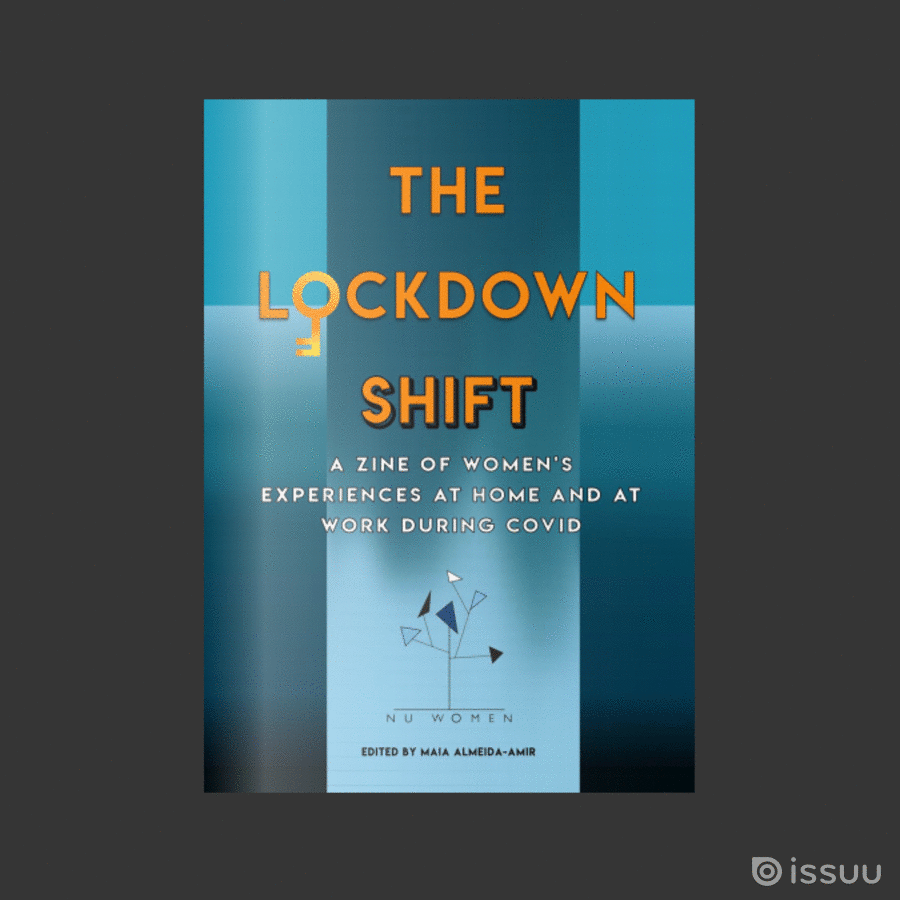NU Women are delighted to announce the launch of our first zine: The Lockdown Shift!
Collected during Women’s History Month 2021, the personal essays, poetry, and art featured here respond to themes of home, work, family, coping, and care. These submissions capture and reflect the many ways that the past year of covid lockdowns has effected women working and studying at Newcastle University.
The decision to create a zine came out of an uncertainty of how NU Women should mark International Women’s History Month this year. During a time when we couldn’t meet as a community and were swamped with the extra practical and emotional labour that comes with being at home, trying to put together a big event was impractical at best. Instead, a zine felt like a fitting response to these restrictions and the atmosphere they brought.
A zine felt like a fitting response to these restrictions and to this atmosphere – as collaborative objects they create space for community across distance and as feminist objects they permit an outlet for the messy, emotive, and confessional. All of these are much needed responses to the events of the past eighteen months.
Over the past week, we’ve distributed copies of The Lockdown Shift to all central and science central campus buildings, so please do take a copy. But if you’re unable to make it to campus, the zine can also be viewed in full here:

With thanks, as always, to our wonderful contributors.
